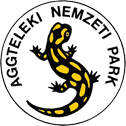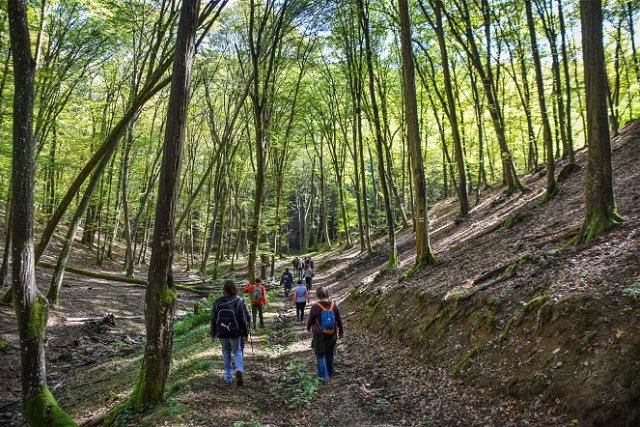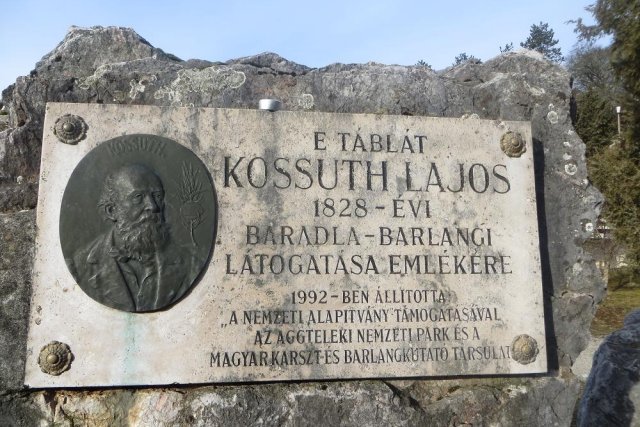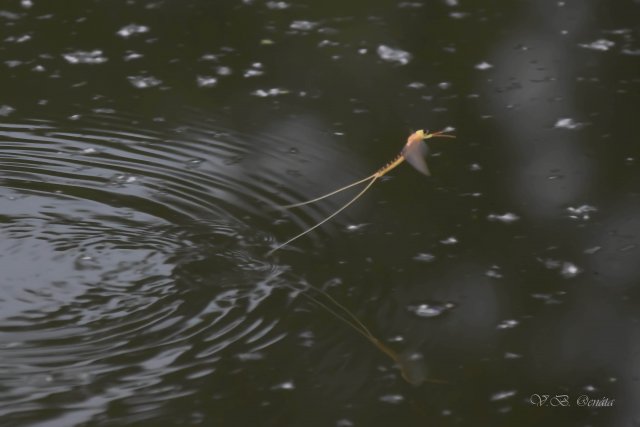
Poet Sándor Petőfi, like Kossuth, is one of Hungary’s heroes of the 1848 Revolution. Not only did he describe his visit in his travel notes and write in the guest book, but he also carved his name on the cliff face beside one of the exits to the cave. The Magyar Kárpát Egyesület és Gömör vármegye later placed a plaque by the Aggtelek entrance commemorating his visit.
Petőfi's description of the cave still ranks as one of the most beautiful.
- “When I got to Aggtelek, I called for a guide and torches, and we went to the cave called Baradla, which is next to the village. The Calvinist rector exhorted in front of a house; and upon the guide’s invitation, he joined our party. We entered the cave.
- Oh, those narrow-minded people who have always been seeking and making rules for everything. They should come here and kneel down before this outstanding example of unruliness!
- What is a rule? It's nothing more than the limp of lame mediocrity
- Many have surely asked themselves, how could such a cave come to be?
- And I came upon the answer.
- When the angry angels were cast out of heaven, they started digging their future home in Hell. However, they did not get on, and turned to other things. One can imagine how the poor devils tired of their unsuccessful efforts, their sweat is still dripping from the walls and ceiling of the half-completed Hell.
The memories Petőfi’s visit are still alive among the inhabitants of the village today, and in the cave where several formations are named after him. Aggtelek's former pastor and Baradla caretaker Dániel Baksay published a work in 1899 in which the three-tiered colonnade close to the Red Lake entrance is named the Jókai, Petőfi and Vasvári columns.
Cave researcher Hubert Kessler mentioned in 1941 the discovery of Petőfi’s signature scratched in a column in the Denevér Branch of the Baradla Cave. However, this has not been able to be verified, and it is possible the original information was incorrect.
1277 meters from the Aggtelek entrance to the cave, geologist László Jakucs renamed the Dessewfy's Road and Well to Petőfi's Road and Well in 1952, and the name of the collapsed dripstone column in the Hall of Columns originally named Abel’s Gravestone became Petőfi's Grave and Tombstone.
Source: Székely Kinga (2010) Petőfi nyomán az Aggteleki-barlangban, Karszt és Barlang 2008. I-II. p.13-20. Budapest



